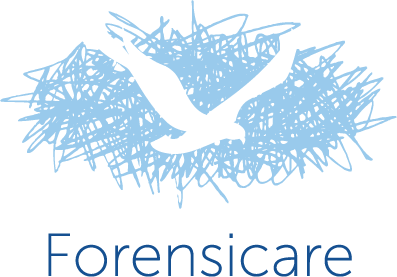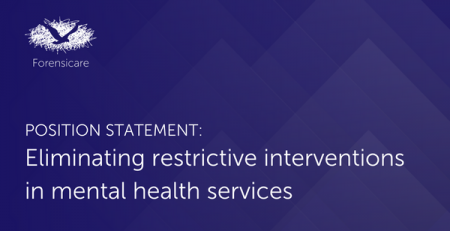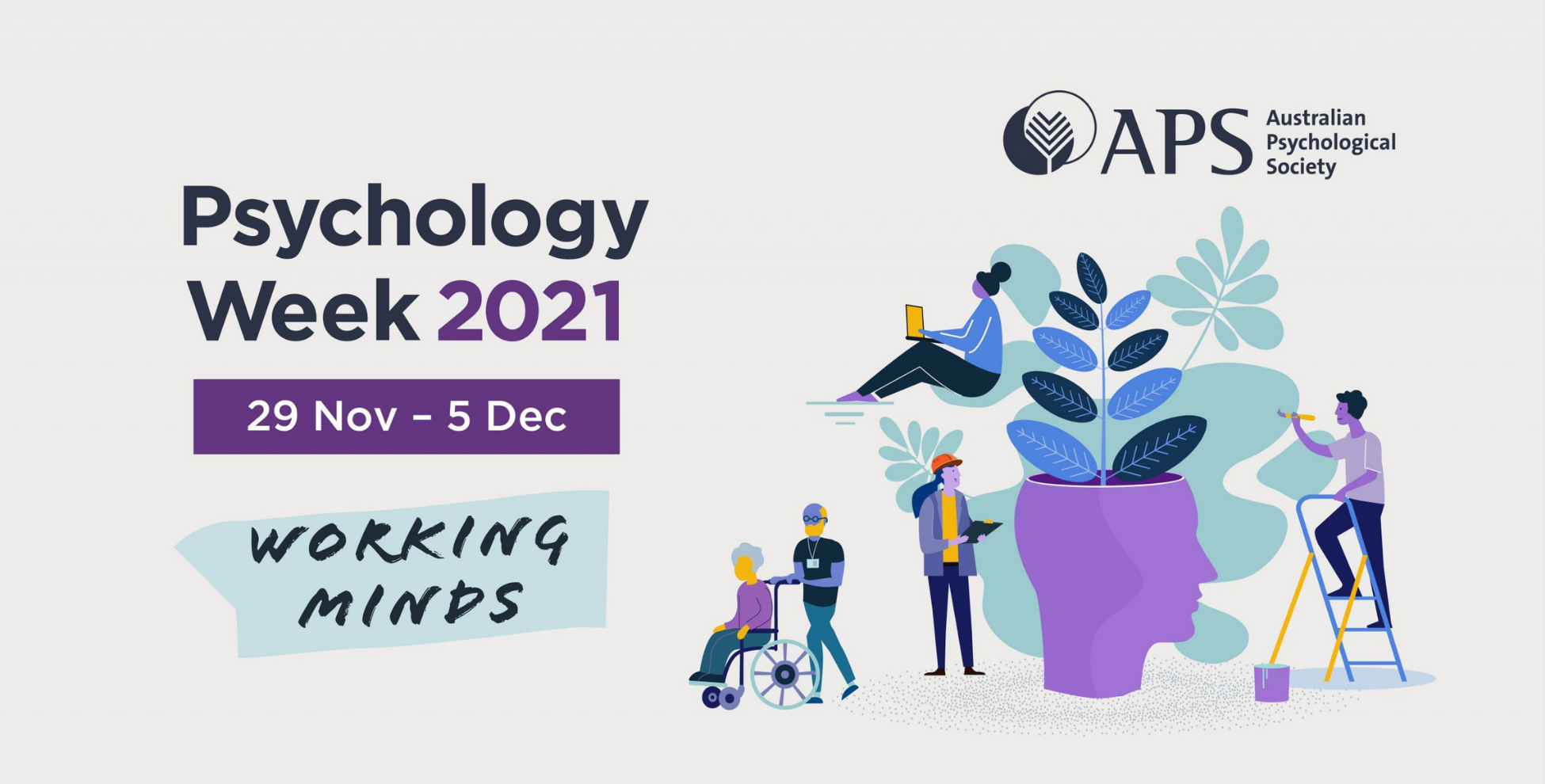Managing burnout
Lately we’ve been hearing a lot about anxiety, fatigue, and exhaustion, and we’ve been feeling this too. Whilst there could be a whole host of explanations for this, two words come up time and again – burnout and stress. It can be hard to differentiate between the two, and indeed some of us may feel like we’re balancing on a fine line between them.
This edition of The Ascent explores these experiences more deeply in a bid to try and harness healthy and manageable doses of stress and prevent or manage burnout.
Stress versus burnout
To put it simply, if you’re fatigued and feeling under pressure but you still feel some interest, hope, or excitement for your work, it’s stress you’re experiencing. It’s not an overly pleasant feeling, but there’s still often light at the end of the tunnel. There is a sense that things can improve if you can just get your workload under control or meet that deadline. However, if you have moved into a space where you just can’t be bothered, dread coming to work, are no longer interested in your projects/client and feel like you just can’t give much more, there’s a fair chance you might be experiencing burnout
Stress, in measured doses, has been described as a helpful response to challenges that arise. The term ‘eustress’ specifically refers to this activating, motivating, and productive side of stress. However, stress operates on a continuum, and towards the higher end, it becomes less helpful and more distressing. Prolonged or repeated exposure to stress can feel overwhelming, and lead to burnout.
The term ‘burnout’ was Initially coined by Freudenberger in 1974. It was officially classified as a psychiatric condition in 2019 by the World Health Organisation, although they are careful to state it is an occupational phenomenon rather than a health issue. Burnout is a syndrome of physical, mental, and emotional exhaustion resulting from persistent workplace stress. It involves 3 key components:
- emotional exhaustion – feeling drained, depleted, overextended
- depersonalisation or cynicism – feeling indifferent towards work, negative attitudes towards work or those you work with, and
- inefficiency or reduced personal accomplishment – feeling incompetent or inadequate in your work.
If stress is a state of feeling too much, burnout is a condition of having not enough; your reserves are empty.
Burnout has been linked with impaired emotional and physical health, reduced wellbeing, reduced commitment to work, and greater staff turnover, absenteeism, and job dissatisfaction. Unlike with stress, where completing a project, taking a long-weekend, or engaging in another form of self-care can ease some pressure, these things are not enough to bounce back from burnout. This is because when our internal stress system has been activated repeatedly or in a sustained way, it gets stuck at the ‘on’ position, disrupting other systems in our body related to immunity, sleep and waking, and mood. Under these conditions, achieving proper rest can be challenging.
So how do we intervene or prevent this cycle?
There are many factors in our day-to-day work that contribute to the experience of burnout. Some examples include high or complex and demanding workload, lack of involvement in decision making, poor work-social connections and the perception that there is no reward or recognition for your work. Clinicians with less experience, lower emotional awareness, and/or perfectionistic tendencies have been found to be particularly susceptible to burnout. In contrast, empowerment, social connection, self-efficacy, and personal resilience and wellbeing factors help protect against burnout. Here are some suggestions on how to access these protective factors:
- Take time to reconnect with the things that foster work engagement: reflect on the elements of your work that help you feel energised (vigor), find meaning (dedication), and allow you to be engrossed (absorption). Try to find ways to re-establish these in your work processes or schedule.
- This exercise may also help you regain some compassion satisfaction; the positive feelings that those in helping professions experience as a result of seeing the impact their care and intervention can have on others’ lives.
- Talk to your team leader, manager or supervisor about ways in which you can have more autonomy, be more meaningfully involved in decision making and ensure clarity in your role. Organisational-environmental variables are strong predictors of burnout.
- Review your workload and consider your work/life balance – is there something you can delegate? It will be helpful to plan for coping before you accept further responsibilities. This Burnout Prevention Guide has some helpful lifestyle changes or strategy suggestions.
- Find opportunities to build your self-efficacy (your sense of having the capacity for achievement and the ability to create change). Can you try out something new that you have learnt recently? Or offer another perspective on a challenging situation? Actively noticing these moments may help shift your focus from the defeated, hopeless mindset of burnout.
Tune into your body, your thinking, and your energy levels. Become more closely aware of the stress-burnout continuum, starting with the indicators of feeling relaxed, those within a comfortable level of stress (eustress), challenging stress, and finally burnout. You might notice you are no longer singing along to your favourite songs; you need to sit on the floor whilst showering or feeling increasingly disconnected from people you care about. These might be a sign that you are burning out. The aim is to start intervening as early as possible.
The Ascent is produced by Forensicare’s Reflective Practice team.











